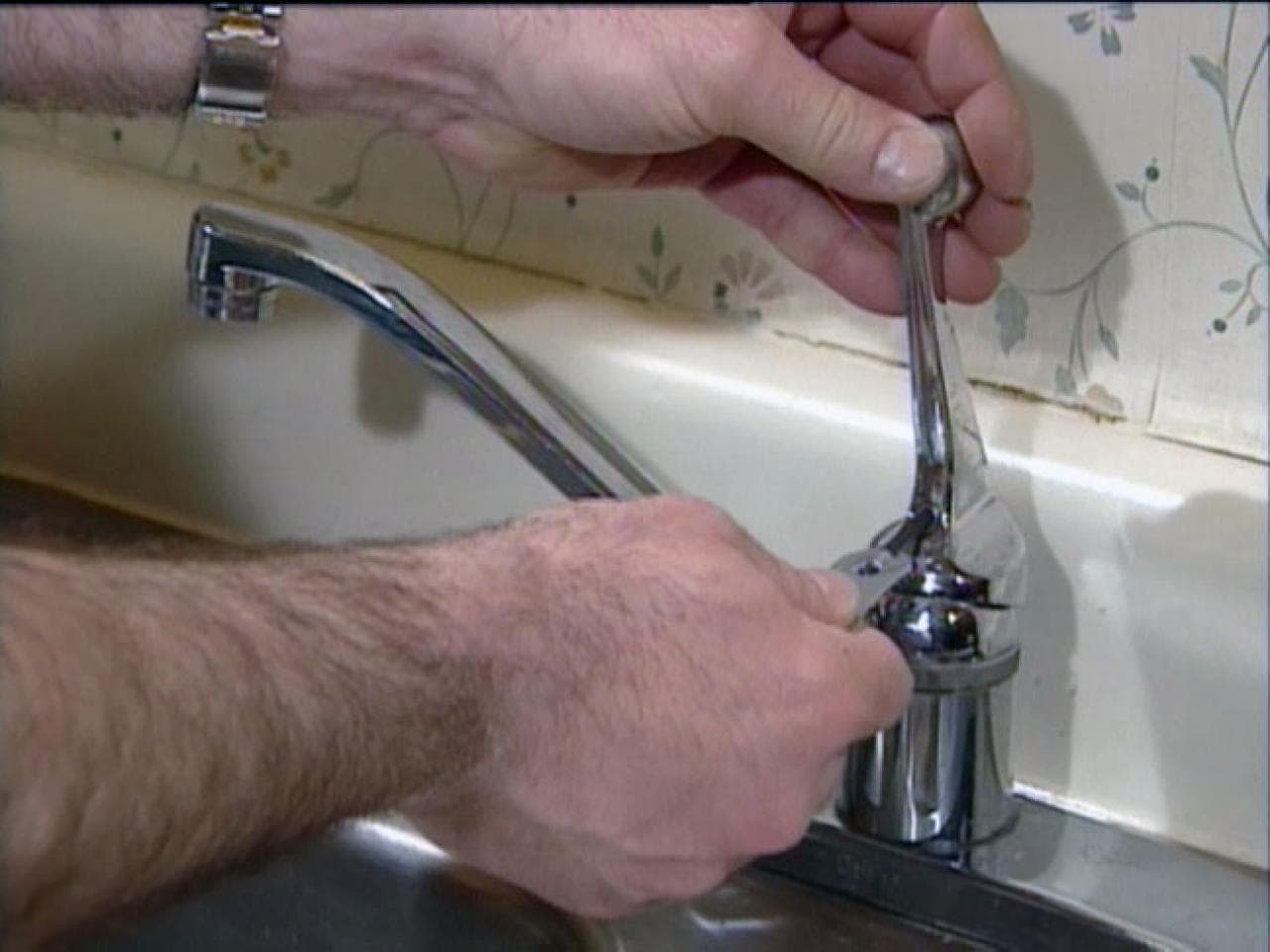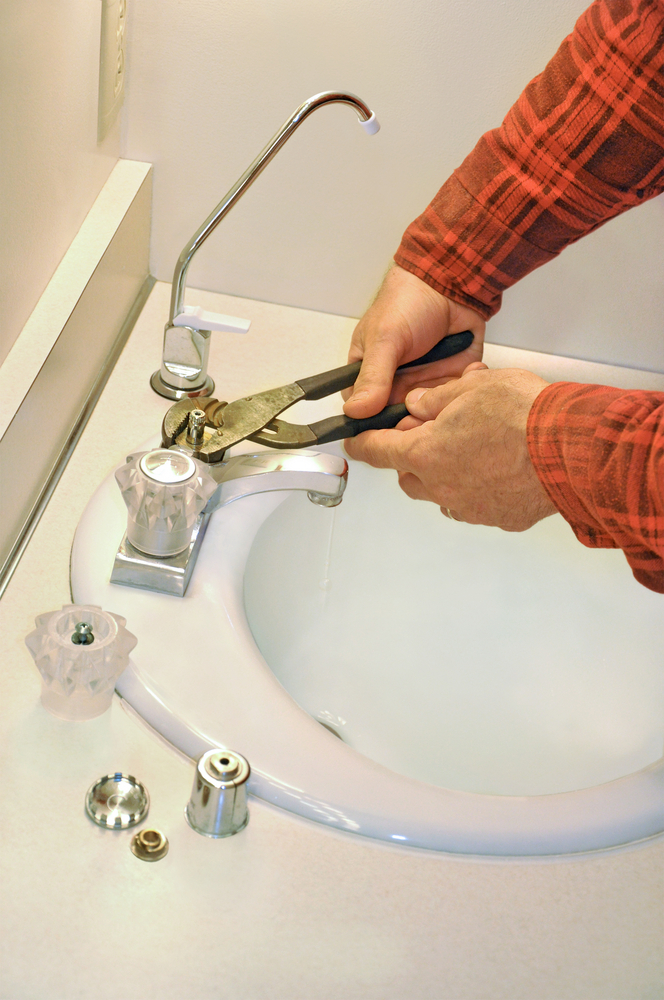They are making a number of great observations regarding What Causes Leaky Faucets & How To Fix Them overall in the article following next.

Trickling taps may look like a minor hassle, but their impact exceeds just the inconvenience of the sound. From wasting water to sustaining unneeded monetary prices and wellness threats, neglecting a trickling tap can cause various consequences. In this write-up, we'll explore why it's vital to address this common house problem promptly and effectively.
Wastefulness of Water
Ecological Impact
Trickling taps contribute significantly to water wastefulness. According to the Environmental Protection Agency (EPA), a single tap leaking at one drip per second can squander greater than 3,000 gallons of water annually. This not only pressures water resources but likewise affects ecosystems and wild animals based on them.
Step-by-Step Overview to Taking Care Of a Dripping Tap
Tools Called for
Before trying to repair a trickling faucet, collect the required devices, including a flexible wrench, screwdrivers, replacement components (such as washing machines or cartridges), and plumber's tape.
Common Tap Issues and Their Solutions
Identify the kind of tap and the particular concern triggering the drip. Usual problems consist of worn-out washers, rusty shutoff seats, or faulty O-rings. Describe supplier directions or on-line tutorials for step-by-step support on repairs.
Financial Expenses
Raised Water Bills
Beyond the ecological impact, leaking faucets can pump up water costs substantially. The collected wastefulness over time equates right into greater utility expenses, which might have been stayed clear of with prompt repairs.
Prospective Building Damages
In addition, extended trickling can bring about damage to fixtures and surfaces surrounding the faucet. Water accumulation can trigger staining, deterioration, and even architectural issues if left neglected, leading to added repair expenses.
Wellness Concerns
Mold and Mildew Growth
The constant presence of moisture from a dripping faucet creates a suitable setting for mold and mildew and mold development. These fungis not just jeopardize interior air high quality yet also position health and wellness risks, particularly for individuals with respiratory conditions or allergic reactions.
Waterborne Conditions
Stationary water in trickling taps can end up being a breeding ground for bacteria and various other virus, raising the threat of waterborne conditions. Pollutants such as Legionella germs flourish in stagnant water, possibly bring about significant ailments when consumed or inhaled.
Do it yourself vs. Expert Repair work
Pros and Cons of DIY Fixing
While some might attempt to fix a trickling faucet themselves, DIY fixings include their own collection of challenges. Without correct understanding and tools, do it yourself attempts can exacerbate the concern or result in incomplete repair services, extending the trouble.
Advantages of Working With a Professional Plumber
Employing a specialist plumber makes sure that the underlying reason for the trickling faucet is addressed successfully. Plumbings have the know-how and tools to identify and fix faucet concerns effectively, conserving time and reducing the threat of further damages.
Ecological Obligation
Specific Contribution to Conservation
Taking obligation for dealing with leaking taps aligns with wider initiatives toward water conservation and ecological sustainability. Every individual's actions jointly make a substantial impact on protecting valuable sources.
Sustainable Living Practices
By prioritizing timely fixings and adopting water-saving practices, people add to sustainable living practices that benefit both existing and future generations.
Safety nets
Regular Upkeep Tips
To stop dripping faucets, carry out regular upkeep such as cleansing aerators, inspecting for leaks, and replacing worn-out parts immediately. In addition, consider mounting water-saving tools or updating to more efficient fixtures.
Importance of Prompt Repair Works
Attending to trickling taps as quickly as they're seen protects against further water wastage and potential damages, eventually saving both water and money over time.
Effect On Building Worth
Assumption of Well-Maintained Building
Keeping a residential or commercial property in good condition, including addressing maintenance concerns like dripping faucets, boosts its regarded worth and value among possible customers or occupants.
Influence on Resale Value
Characteristics with well-maintained plumbing components, consisting of faucets, command greater resale values in the real estate market. Addressing leaking faucets can contribute to a favorable impact during home assessments and negotiations.
Final thought
Addressing a dripping faucet surpasses mere convenience; it's an important action towards conserving water, lowering monetary costs, and securing health and residential or commercial property. Whether via do it yourself repairs or specialist support, doing something about it to take care of dripping taps is a small yet impactful means to promote responsible stewardship of sources and contribute to a healthier, more sustainable future.
Most Common Reasons for a Leaky Faucet and How to Stop the Drip
Whether it’s your kitchen faucet leaking or a bathroom faucet leaking, one leaky faucet can waste anywhere from three to 30 gallons of water every single day. If the constant drip-drip-drip doesn’t get your attention, your water bill will. The good news is that, by following a few simple steps, chances are pretty good you can fix the problem yourself.
Why is it dripping?
Before you start taking things apart, let’s break down some of the most common causes of a leaky faucet.
Bad O-ring.
A cartridge is a valve that controls the flow of water into the faucet spout. On cartridge faucets there’s an O-ring—the little disc attached to the stem screw that holds the faucet handle in place. If it’s loose or worn-out, it can cause your sink handle to leak. Of course, the cartridge itself could be worn out. If that’s the case, make sure you replace it with the exact same kind.
Corroded valve seat.
The valve seat connects the faucet and the spout. If the leak seems to be coming from the spout, it might be because a buildup of water sediment has corroded the valve seat.
Worn-out washers or seals.
A leaky spout could be caused by a bad washer that rests against the valve seat. It’s just a matter of time before friction takes its toll. It could also be the wrong size washer or one that’s been installed incorrectly. Water sediments can also corrode inlet and outlet seals.
Water pressure.
If the faucet only drips now and then, or when you turn the handles a certain way, you should probably check your home’s water pressure.
Loose or broken parts.
The adjusting ring and packing nuts in the stream screw can become loose over time, causing your sink handle to leak. Try tightening or replacing the packing nut. If the leak is coming from the pipes underneath the sink, you probably have a broken pipe or fitting. If that’s the case, you should definitely call a plumber.
Know your faucet.
Faucets come in a variety of types. Each one has its own assembly—and its own possible causes of leaks. Learning about the four most common kinds of faucets will help you know how to take them apart and make any repairs.
How to stop a leaky faucet
Fixing that leaky faucet doesn’t have to take a lot of time, money, or expertise. It’s usually a simple matter of replacing a worn-out washer or gasket, a loose O ring, or another part. Chances are really good you can do this yourself if you follow these simple steps.
Shut off the water.
Before you tackle the faucet, cut off the water supply to the sink. There should be one valve for hot and one for cold. Hand-turn them clockwise with your hands till they close. If there are no valves under the sink, head to the basement and shut off the main water supply to the house. Then turn on the faucet until it empties out the water that’s still in the line and you’re ready to start. It’s a good idea to cover the sink drain with a plug or a rag so you don’t lose any small pieces and parts while you’re working.

Hopefully you enjoyed our article about How to Fix a Dripping or Leaky Faucet . Thank you for taking the time to read our piece. Are you aware of another person who is fascinated by the topic? Please feel free to promote it. Many thanks for being here. Don't hesitate to come visit our blog back soon.